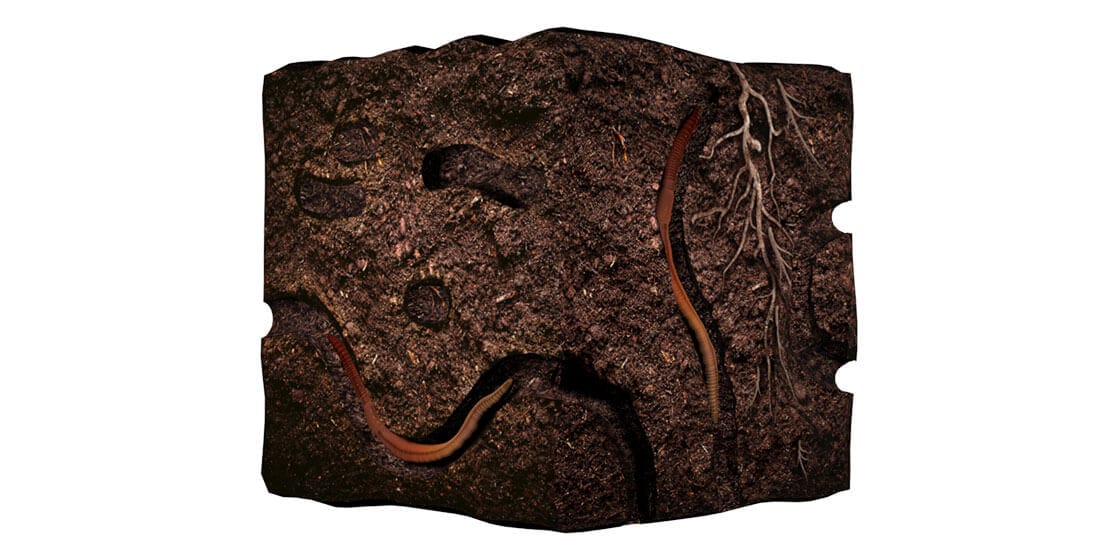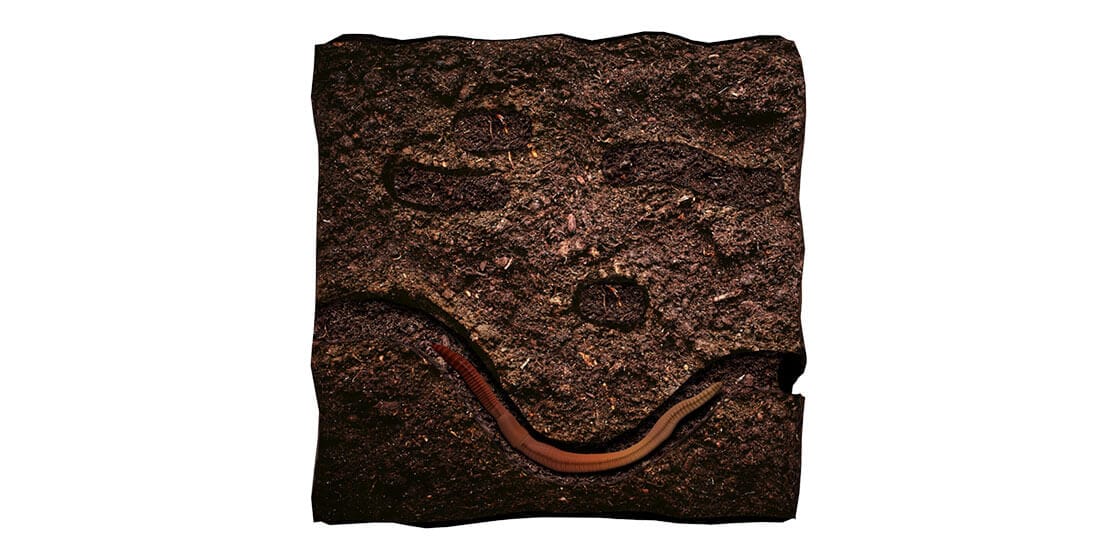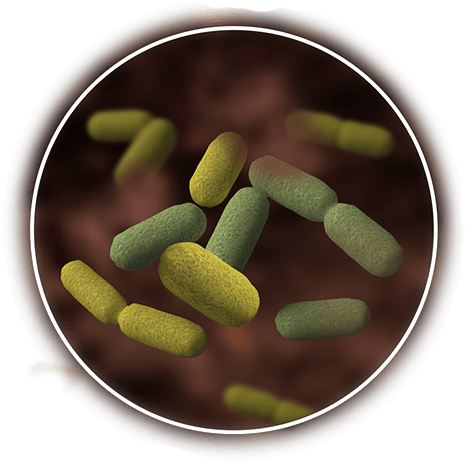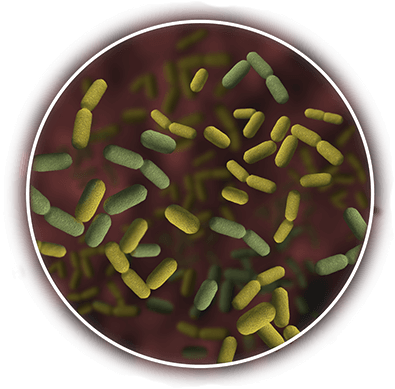
The importance of earthworms in maintaining a healthy soil ecosystem
The Hidden World Below
Soil is a profoundly complex and interconnected living ecosystem. Resting beneath our feet are billions of microorganisms working in symbiosis. Within this underground universe, all creatures and microbes have a role, but one has a particularly critical job. These creatures decompose the discarded and incorporate the leftover residue of nature, all the while tunneling and boring to aerate and loosen soil structure. Some call them shredders, nightcrawlers, or ecosystem engineers; but to you, they are likely known by another name: earthworms.
While many may consider them inconsequential, earthworms play a vital role not only in prairies and forests, but also in gardens, lawns, and farmland throughout the globe. These invertebrates work hard to contribute to their environment, often providing an indication of good soil health. Earthworms are important because they help restore soil nutrients, improve soil structure, allow water and air to enter the soil more freely, conserve energy, and boost biodiversity.
How Earthworms Benefit the Soil







Swipe or Tap the Arrows to Uncover the World of Earthworms
Click the Arrows to Uncover the World of Earthworms
Keeping Soil Loose
Creating Nutrients From Waste
Connecting Plants with Nutrients
Creating More Biodiversity
Life Beneath the Surface
Earthworms are one of the key contributors to the soil ecosystem. Billions of organisms work together to form both the literal and figurative foundation of this planet. Every single life form on Earth is deeply intertwined with and dependent on the soil. As modern agriculture continues to progress—conserving and protecting this limited and precious natural resource is essential.
Life Beneath the Surface
Earthworms are one of the key contributors to the soil ecosystem. Billions of organisms work together to form both the literal and figurative foundation of this planet. Every single life form on Earth is deeply intertwined with and dependent on the soil. As modern agriculture continues to progress—conserving and protecting this limited and precious natural resource is essential.
Leaving Soil Undisturbed
After harvest and before planting the next crop, growers are increasingly foregoing and reducing soil tillage. By allowing leftover plant residues to naturally decompose, earthworms and beneficial bacteria can for example, recycle cornhusks, chaff from grains and other plant matter by reincorporating nutrients back into the soil. This process of decomposition and recycling maintains topsoil—the precious, nutrient-dense layer critical to productive farming.
Rebuilding the Soil
During the off-season, many farmers plant crops like legumes, ryegrass and radishes creating a protective layer for the soil. This practice of “cover cropping” allows a richer diet for earthworms, insects, and microorganisms, providing them the necessary habitat to reproduce and protect the existing soil ecosystem.
Modern agriculture strives to help complement the rhythms of Mother Nature. The leading minds of this industry are finding the best solutions are not limited to laboratories or modern technology. When it comes to using fewer natural resources, we begin with a deep respect and knowledge of the land, water, and sky. The more we know about our planet, the more those working in modern agriculture have the opportunity to protect it.
Related Articles


Is Carbon a Hero or Villain?

The Science Inside A GMO
Over time, the agriculture industry has evolved to meet many challenges, like climate change. Genetically modified seed can help farmers become more efficient by empowering them to use less of our natural resources. Many people have questions about how genetic modification works and why farmers might choose to grow GM seeds.
